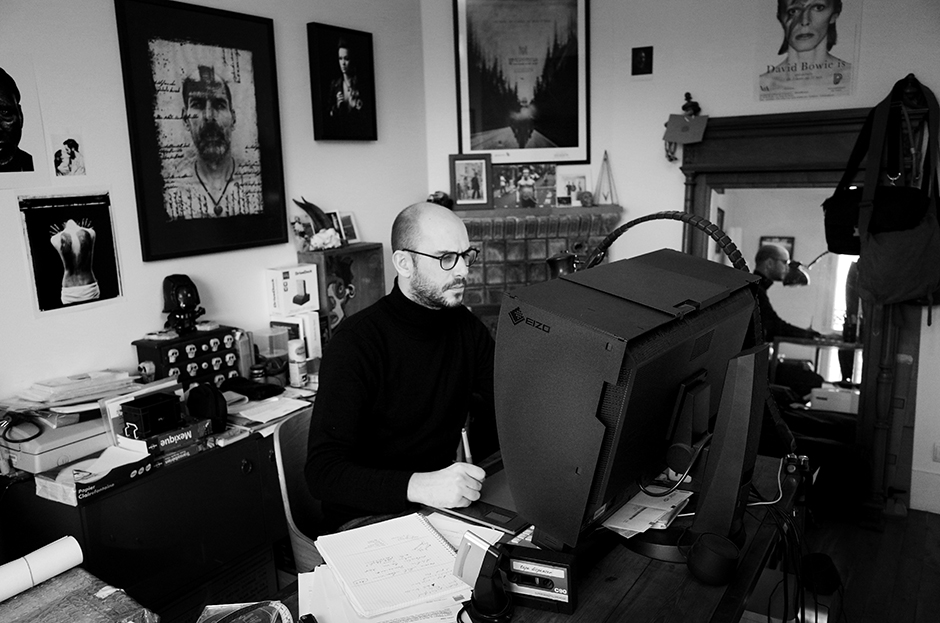Case Studies
Thibault Stipal
 |
“I leave no room for error, hence the choice of flawless equipment that allows me to better anticipate the paper output of my photos.” |
About Thibault StipalBorn on September 25th, 1981 in Royan, a southwestern city along the Atlantic Ocean in France, Thibault Stipal is a portrait photographer who lives and works in Paris. In 2006, he graduated from the Ecole des Gobelins school of the visual arts. Since 2008 he has worked with the press including the publications Le Monde, Elle, Grazia, Télérama, Marie Claire, Studio Ciné Live... as well as with various labels and advertising agencies. While working on orders for clients, Thibault Stipal also continues to develop his personal projects which he displays in galleries and cultural locations. |
What equipment do you use and what advantages do you get from it?
Currently I photograph with a Hasselblad and a PhaseOne then I edit my photos with my EIZO ColorEdge CG277. This is my second EIZO monitor. I had an EIZO ColorEdge CX271 previously. The main difference between the two monitors is the fully autonomous calibration system on the CG277. This very simple system allows me to calibrate more frequently. I programmed it for every Sunday, while it is in standby so as to not waste time. Finally, I have my completed work printed in a professional laboratory.

To what extent is color important in your graphic charter?
I am very demanding in my work: it is very important to me that my photo prints be flawless, whether with regards to my books or my websites. I leave no room for error, hence the choice of flawless equipment that allows me to better anticipate the paper output of my photos.
Where do you get your inspiration?
I think it comes from the questions I ask myself at certain stages of my life. My personal work is created for this reason: to answer questions and then share them in the best possible way. A result which is a proof of success for me is when people who see my photos are affected, where it is echoing appropriately. These people see themselves in questioning that concerns them as well.
Is your preference to shoot in the studio or outdoors?
I would say it depends on what you want to say: equipped accordingly, you can go anywhere ... but more pragmatically, I would also say that it depends on the jobs that I am doing and on the season. In spring and in summer, magazines tend to ask us more frequently to do outdoor shoots.
What advice would you give to a beginner? (Do's and Don'ts)
I host workshops at the Ecole des Gobelins and I sent a letter to the students giving them some tips ... For example, never forget that the photographer is a technician, but he or she must put this technique in the service of his or her dreams by telling stories, by relating messages and by leading others to reflect.
Becoming a photographer is a long process and being an artist is a lifelong one: the beginner should not be impatient ... but he or she should not hesitate to experiment, to continually renew, to be curious, creative and committed to celebrate, report and share, all the while with passion.


